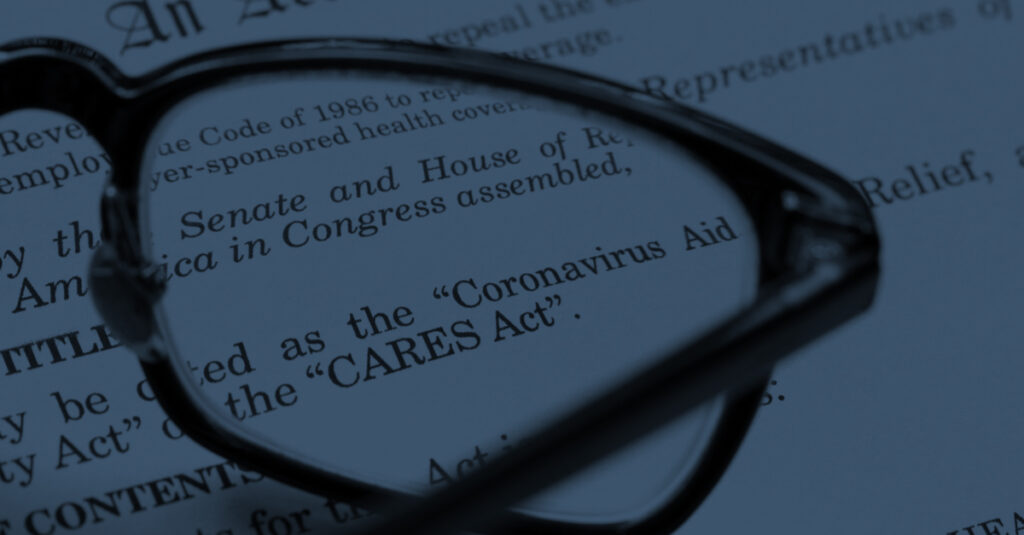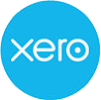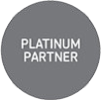Update #14 – SBA Clarification to the PPP Forgiveness Application
On August 4, 2020, the Small Business Administration (SBA) issued some guidance concerning conditions for forgiveness with regards to the Paycheck Protection Program (PPP).

What follows are some bullet points to help understand the manner in which your loan WILL, or WILL NOT, be forgiven. First, there needs to be an understanding of the definitions of their clarifying terminology.
Covered Period: Is either (1) the 24-week period (168 days) beginning on the PPP loan disbursement date, or (2) if the borrower received its PPP loan before June 5, 2020, you may elect to use an 8-week (56 days) covered period. In no event may the Covered Period extend beyond December 31, 2020.
Alternative Payroll Covered Period: Any borrower with a biweekly (or more frequent) payroll schedule may elect to calculate eligible payroll costs using the 24-week period, or the 8-week period. This applies only to payroll costs (not non payroll costs) In no event may the Covered Period extend beyond December 31, 2020. Forgivable Cash Compensation: Limited to $100,000 on an annualized basis.
Here’s the summary…
- Loan Forgiveness Application (LFA) Form 3508EZ must be completed and submitted for all Sole proprietors, Independent contractors, and self-employed individuals who had NO employees at the time of the PPP loan application.
- A borrower needs to submit the LFA within 10 months of the completion of the covered period. If a timely submission is made NO payments will need to be made until the forgiveness amount is remitted to the lender by the SBA.
- Payroll costs that were incurred during the Covered Period, or the Alternative Payroll Covered Period, but paid after the aforementioned periods are eligible for forgiveness.
- Payroll costs that were incurred before the Covered Period, or the Alternative Payroll Covered Period, but paid during the aforementioned periods are eligible for forgiveness.
- If a borrower pays employees twice a month, or less frequently, it will need to calculate payroll costs for partial periods.
- When calculating cash compensation borrowers should use the gross amount before deductions for taxes, employee benefit payments, and similar payments.
- Payroll costs include all forms of cash compensation paid to employees including lost tips, commissions, bonuses, or other forms of incentive pay.
- Employer expenses for employee group health care benefits which are incurred, or paid, by the borrower are eligible in the payroll cost for forgiveness as long as the premiums are paid during the applicable period, or by the next premium due date after the end of the applicable period.
- Employer contributions to an employee retirement account are eligible for payroll costs for loan forgiveness.
- For owner compensations under “C Corporations” and “S Corporations,” the eligible loan forgiveness amount is up to 2.5 divided by 12 or their 2019 employee cash compensation. Payments other than for cash compensation should be included on line 6 – 8 of PPP Schedule A of SBA Form 3508.
- For compensation of self-employed Schedule C (or Schedule F) individuals, including sole proprietors, self-employed individuals, and independent contractors the eligible loan forgiveness amount is 2.5 divided by 12 of 2019 net profit. Separate payments for health insurance, retirement, or state or local taxes are not eligible for additional loan forgiveness.
- For compensation of general partners, the eligible loan forgiveness amount is 2.5 divided by 12 of their 2019 net earnings from self-employment that is subject to self-employment tax.
- For LLC owners you must follow the instructions that apply to how their business was organized for tax filing purposes for the tax year 2019 (or if a new business for the expected filing for 2020).
- Non Payroll costs such as eligible mortgage interest, rent, lease, and utility costs incurred prior to the covered period but paid during the covered period are eligible for loan forgiveness. Also, costs incurred during the covered period but paid on or before the next billing date are also eligible.
- Interest on unsecured credit IS NOT eligible for loan forgiveness.
- Payments made on recently renewed leases or interest payments on refinanced mortgage loans are eligible for forgiveness if the original lease or mortgage existed prior to February 15, 2020.
- A borrower may exclude any reduction in FTE employees if the borrower is able to document, in good faith, the following: (1) an inability to rehire individuals who were employees of the borrower on February 15, 2020, and (2) an inability to hire similarly qualified individuals for unfilled positions on or before December 31, 2020.
- Borrowers with seasonal employees must use the same period from 2019 when they applied for the PPP for the forgiveness period in 2020.
- FTE Reduction Expenses apply to ALL employees, not just those who would be listed in Table 1 of the Loan Forgiveness Application.
- If the salary or hourly wage of a covered employee is reduced by more than 25% during the covered period the portion in excess of the 25% reduces the eligible forgiveness amount unless the borrower satisfies the Salary/Wage Reduction Safe Harbor (as described in SBA Form 3508).

